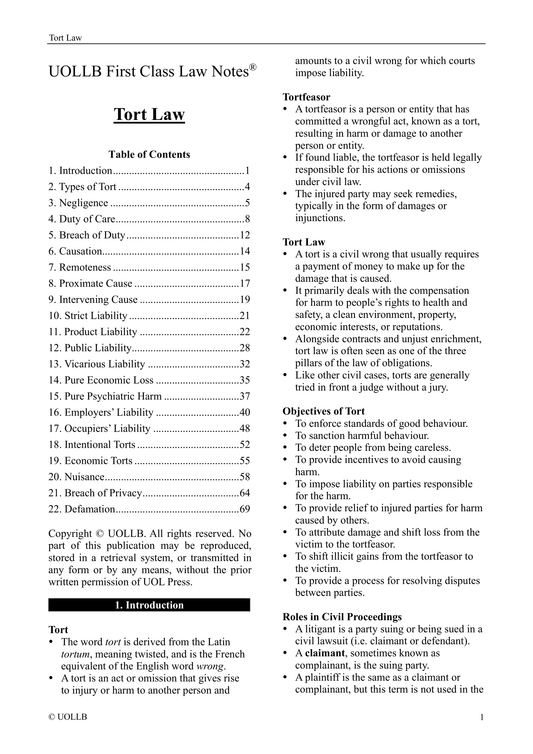Basic Intent Offence
Share
In English criminal law, a basic intent offence is an offence that requires the prosecution to prove that the defendant intended to commit the act that led to the commission of a crime, but not necessarily the specific outcome or consequence of that act. Basic intent offences are less serious than specific intent offences because they do not require proof of a specific intention or purpose beyond the act itself.
Examples of basic intent offences include assault, battery, common assault, manslaughter, rape, sexual assault, maliciously wounding or inflicting grievous bodily harm, kidnapping and false imprisonment, and assault occasioning actual bodily harm.
For instance, assault and battery require the defendant to intend to commit the act that causes the victim to fear immediate unlawful violence or that causes physical harm, respectively, but not necessarily to intend any specific harm or outcome.
The level of intent required for basic intent offences is lower than that required for specific intent offences. This means that the prosecution only needs to prove that the defendant intended to commit the act that led to the offence, and not necessarily that the defendant intended to cause a specific result or consequence.
The penalties for basic intent offences vary depending on the severity of the offence and the circumstances surrounding it. In general, basic intent offences carry lesser penalties than specific intent offences. For instance, the maximum penalty for assault is six months' imprisonment, while the maximum penalty for theft is seven years' imprisonment.
In summary, basic intent offences are less serious than specific intent offences and require the prosecution to prove that the defendant intended to commit the act that led to the offence, but not necessarily the specific outcome or consequence of that act.
Examples of basic intent offences include assault, battery, common assault, manslaughter, rape, sexual assault, maliciously wounding or inflicting grievous bodily harm, kidnapping and false imprisonment, and assault occasioning actual bodily harm.
For instance, assault and battery require the defendant to intend to commit the act that causes the victim to fear immediate unlawful violence or that causes physical harm, respectively, but not necessarily to intend any specific harm or outcome.
The level of intent required for basic intent offences is lower than that required for specific intent offences. This means that the prosecution only needs to prove that the defendant intended to commit the act that led to the offence, and not necessarily that the defendant intended to cause a specific result or consequence.
The penalties for basic intent offences vary depending on the severity of the offence and the circumstances surrounding it. In general, basic intent offences carry lesser penalties than specific intent offences. For instance, the maximum penalty for assault is six months' imprisonment, while the maximum penalty for theft is seven years' imprisonment.
In summary, basic intent offences are less serious than specific intent offences and require the prosecution to prove that the defendant intended to commit the act that led to the offence, but not necessarily the specific outcome or consequence of that act.




























































